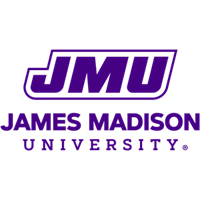Below is a summary of the abstract you submitted. Presenting author(s) is shown in bold.
If any changes need to be made, you can modify the abstract or change the authors.
You can also download a .docx version of this abstract.
If there are any problems, please email Dan at dar78@pitt.edu and he'll take care of them!
This abstract was last modified on May 9, 2016 at 8:22 p.m..

The genus Mycobacterium includes the significant human pathogens M. tuberculosis, M. leprae, and M. ulcerans. The related non-pathogenic M. smegmatis was used as a host to isolate and propagate novel mycobacteriophages. Phages are potential sources of tools for diagnostics and recombinant vaccines, and they represent an increasingly viable alternative to antibiotics as drug-resistant bacterial strains continue to emerge. However, with 10<sup>31</sup> phage particles on planet earth, perhaps their greatest utility lies in what they can teach us about the genetic basis of life on this planet. With a decades long track record as a model system, it is highly likely that bacteriophages will remain central to our understanding of horizontal gene transfer, gene expression, and other fundamental biological processes. In total, 30 mycobacteriophages were isolated from soil samples collected from the Edith J. Carrier Arboretum on the campus of James Madison University. Through soil enrichments, plaque assays, and plaque streaks the phages were isolated and amplified. Subsequently, genomic DNA was prepared and analyzed via NanoVue. Phage DRBy19 genomic DNA was selected for sequencing on the basis of its purity and concentration. Once selected, DRBy19 genomic DNA was sent to the University of Pittsburgh to be sequenced. Upon receiving the sequence, it was apparent that there was contamination as approximately 10% of the reads belonged to a second phage. Complicating matters, this contaminating phage was also a member of the F1 subcluster. DRBy19’s genome encodes 107 proteins using at least 3 forward and 2 reverse operons and is similar to both Sparkdehlily and Llij. DRBy19 is 58,368 bp long, with a GC content of 61.3%, and 10 base 3’ overhang. It has SNPs at positions 18863-4, 20123, 53499, 53646, and 53715.
